Indy Autonomous Challenge powered by Cisco
Location: Indianapolis Motor Speedway, Indianapolis, Indiana | Date: 10/23
ROBOTIC RACERS
Written by: Rex Roy
In a previous job, I was regularly in meetings with major race team owners including Richard Petty, Chip Ganassi, and Richard Childress. (These guys weren’t meeting with me, I was running the A/V.) In one such meeting, the topic of autonomous racing came up. Rick Hendrick, head of Hendrick Motorsports, quipped something like, “Yeah, I love my drivers but racing would be a lot easier and cheaper without ‘em!” Spoken as a joke, the guy had a point.
Under the watchful eyes of Louis Chevrolet—his bust overlooking the entrance to the Indianapolis Motor Speedway Museum—a nascent step toward Hendrick’s jocular future was taking place. Chevrolet’s famous admonition, “Never give up,” would ring just as true for the weekend’s competitors as it had for the legend’s own career. Only this time, Chevrolet’s words would be encouraging code writers and university professors, not literal drivers and mechanics.
On a decidedly Fall weekend at Indianapolis Motor Speedway (IMS), the familiar sound of two-liter turbos could be heard echoing around fairly empty The Brickyard. To the casual observer, they were watching an Indy Lights practice session. But a more careful look revealed that these were not normal Indy Lights.
Backing up, the weekend’s Indy Autonomous Challenge (IAC) powered by Cisco competition began in the weeks before the 2019 Indianapolis 500. Then, autonomous vehicle experts (academics and automotive industry leaders) met to discuss what an autonomous vehicle race might look like, and how to incentive participation in something that’s never been done. A basic framework for the competition came from that meeting, as well as a $1-million prize for the winner.
Backing up further still, Energy Systems Network (ESN), an Indianapolis-based non-profit, was the engine behind the IAC. “There’s a long history of prize competitions setting goals that are meant to be impossible, just to see how close one might get to that goal,” said Paul Mitchell, president and CEO of ESN. In total, roughly $120 million was invested by sponsors to make Saturday’s competition possible.
Back to the present, the weekend’s results speak for themselves. Nine teams, three with members from numerous universities, fielded multiple cars. Driverless Dallara-produced AV-21 vehicles lapped IMS with top speeds exceeding 150 mph. After surmounting many expected challenges (like budgets and geographic logistics) and unexpected curveballs (travel restrictions), the teams also had to deal with a cold track that led to four notable crashes. Mitchell noted, “Yes, it would be exciting to see even two cars on-track at the same time, and we have had them doing overtaking in practice, but we weren’t at a point where it was consistent enough to feel like the level of performance was on-par with what we wanted to showcase today at an event like this.”
The weekend’s competition was scaled back from an original goal of a full grid running a 20-lap race with top speeds approaching 200 mph. In the name of safety and equipment preservation, cars ran solo laps. The team’s car running the best cumulative time over two laps (similar to traditional Indy qualifying) would earn the cool million.
The specs for the autonomous cars were established by a quorum of 40 students from Clemson University’s department of automotive engineering. They worked with pros from Dallara and ESN to develop the car and the basis of the technology all nine teams would use. Mechanics and engineers from Juncos Hollinger Racing worked with all the IAC teams to put their cars together.
Saturday’s competition started out relatively smoothly after prelude runs on Friday, which were full of spins and minor crashes. Two teams emerged as leaders, PoliMOVE (made up of University of Alabama and Polytechnic University of Milan) and TUM Autonomous Motorsport (Technical University of Munich) delivering two-lap average speeds of 124.450 mph and 129.237 mph, respectively. In what may have been the fastest speeds run in the first round Saturday, PoliMOVE was clocked above 151 mph on the straightaways during their initial run.
To qualify for the purse, cars were required to leave pitlane, run a warmup lap, then take two flying timed laps, and finally a cooldown lap—the latter involved having to navigate around several inflatable barriers to test cars’ ability to do more than just drive around a race track without traffic. So complex was the challenge that only four teams completed official runs in the first round.
After Indiana Governor Eric Holcomb gave the command for teams to “Start your software and crank your engines,” the meme-tastic robotic dog Spot from Boston Dynamics waved a green flag (held in its jaws). Four teams were then competing for a winner-take-all $1 million prize.
And that was it, save for the check presentation, celebration, and only-ifs. In other words, it was just like racing with drivers, only it was algorithms doing the driving.
When asked about the potential future similar event at IMS, both Miles and Mitchell hesitated to commit to anything long-term, though the ESN president and CEO said multiple times Saturday, “I do not think this is a one-off event.”
PRI doesn’t know if Rick Hendrick knows about what happened on a chilly October weekend, but if the IAC has proved anything, it’s that autonomous racing is, in fact, a thing. And while it’s algorithms doing the actual racing, the human drama of those creating and tweaking the code from the pits is as real as it gets.
Many of IAC’s organizers and supporters are already part of the PRI community, and after exposure to this group at Indy, we expect many more to consider PRI membership. As should you… check out PRI’s new membership options for individuals and businesses here. There are options for everybody and every business.
Check out PRI’s new membership options for individuals and businesses here. Plan to attend the 2021 PRI Trade Show in Indianapolis on December 9–11 to catch up with the latest products and services. To register as an attendee for the 2021 PRI Trade Show, visit here.
Photo Gallery

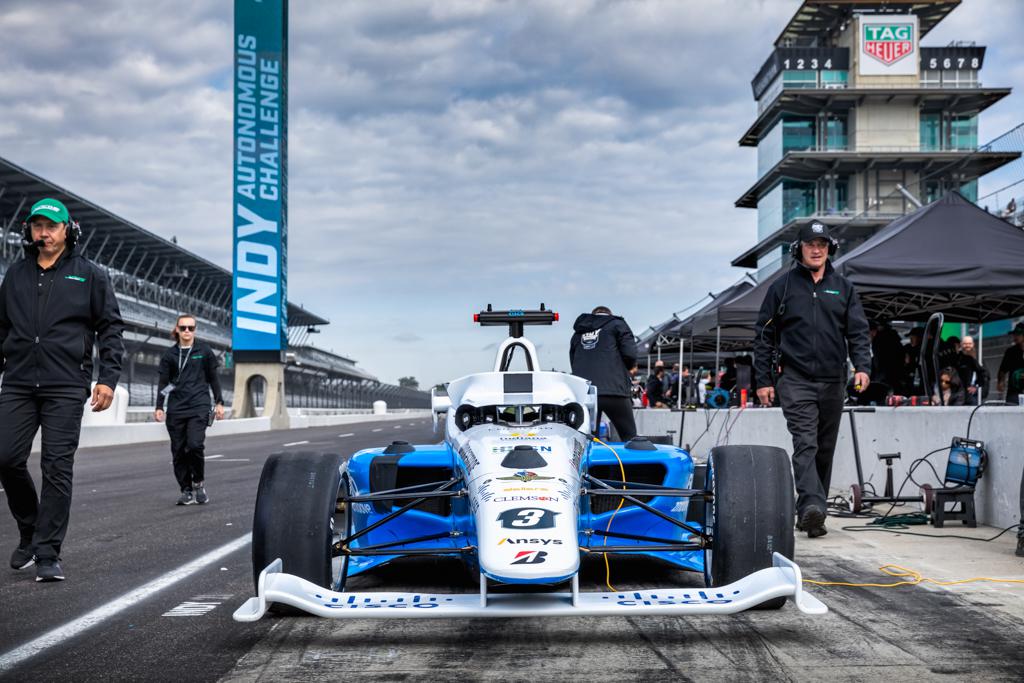

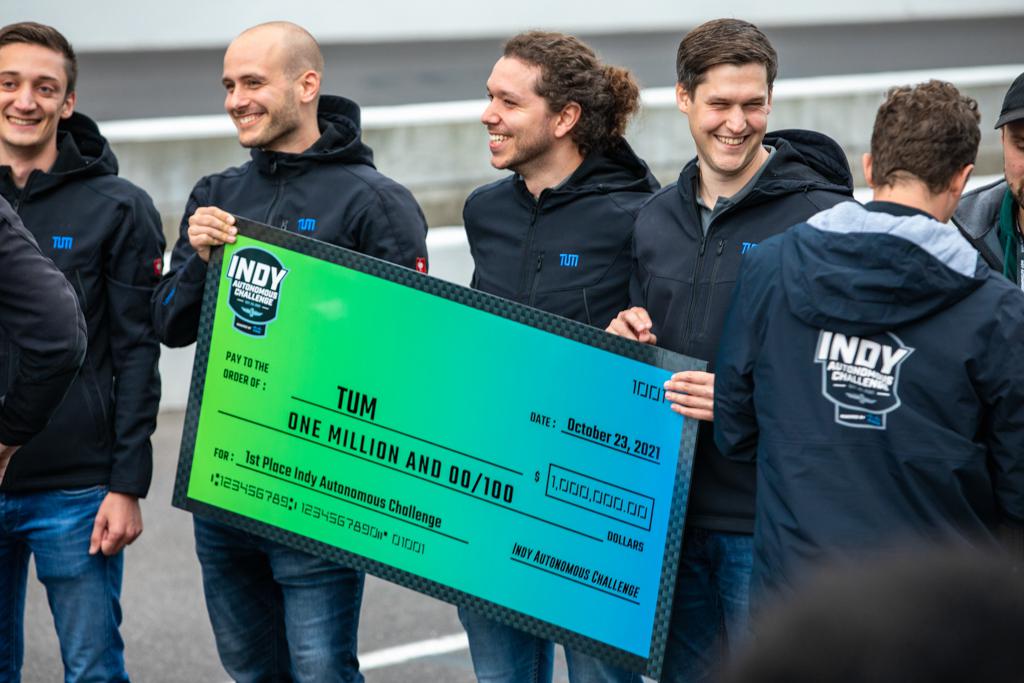
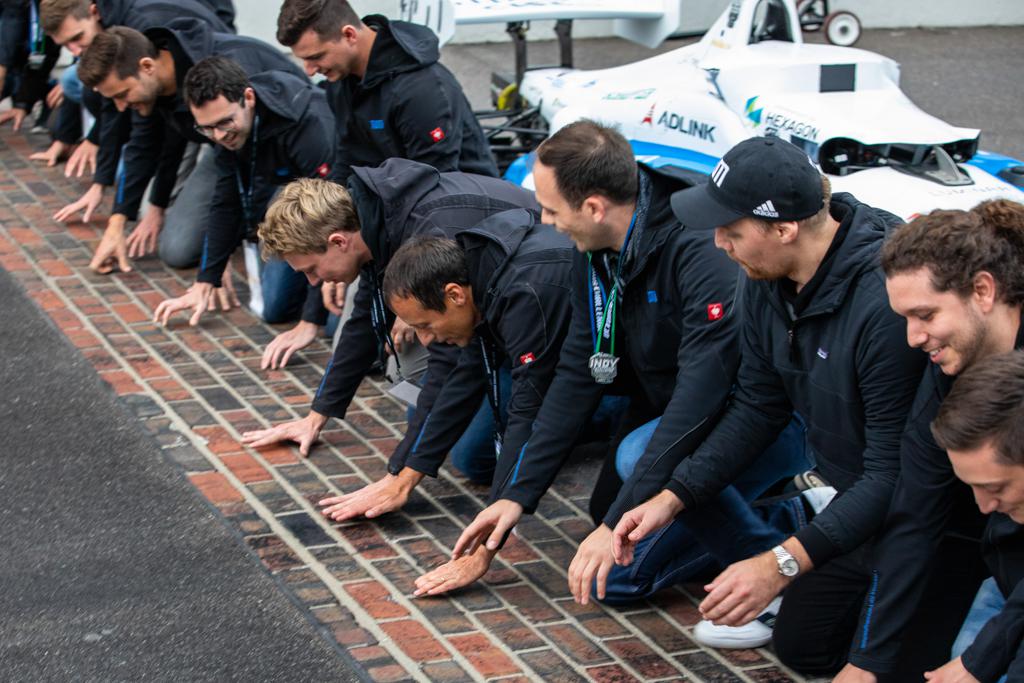

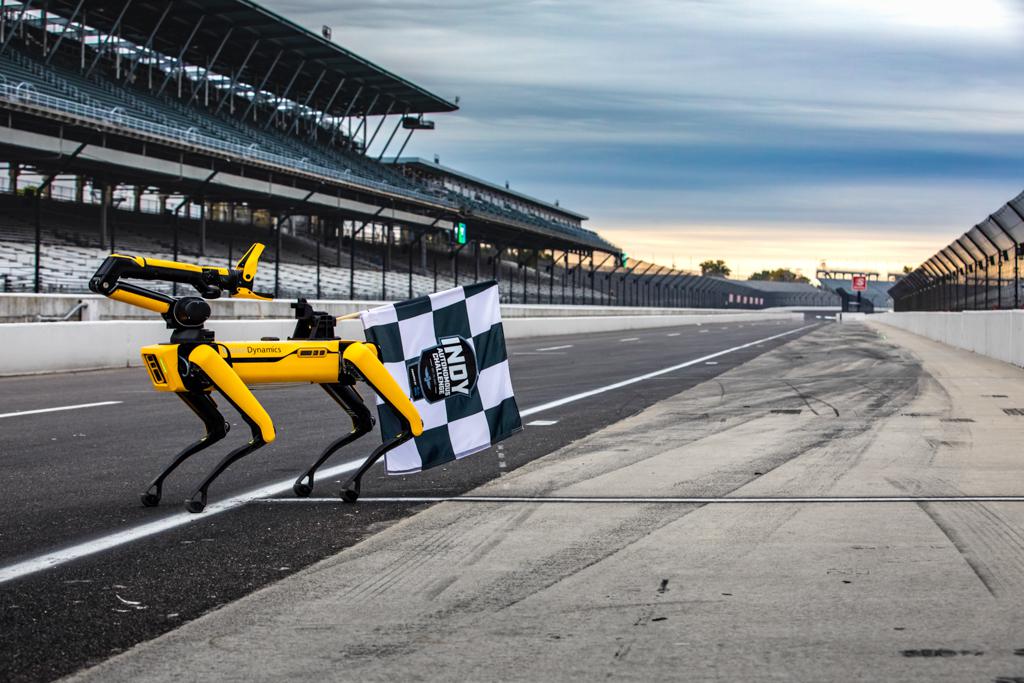
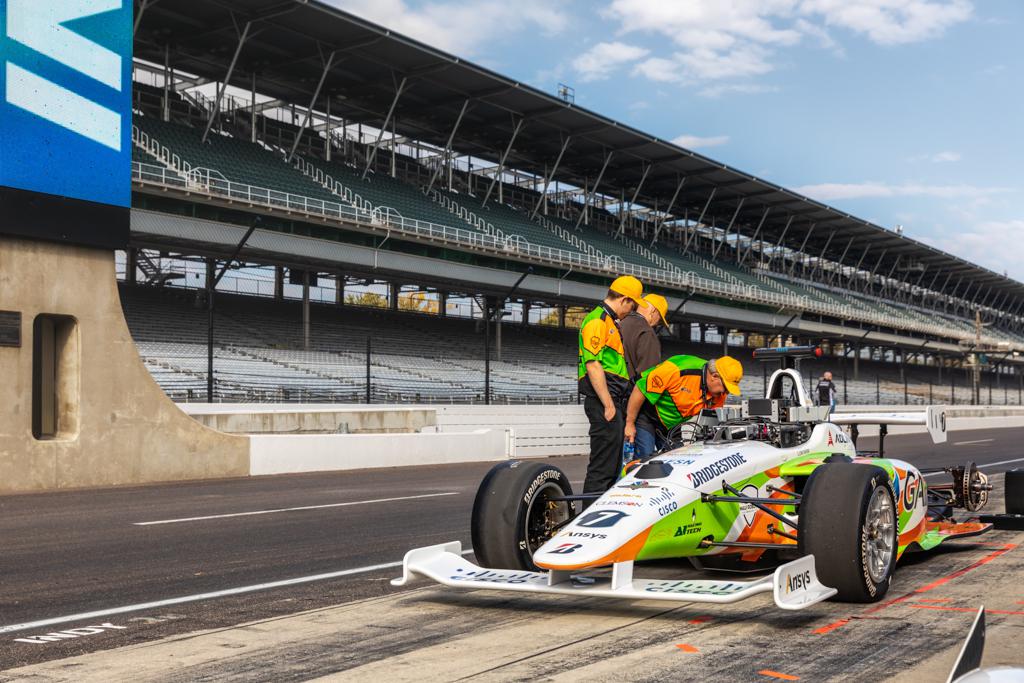
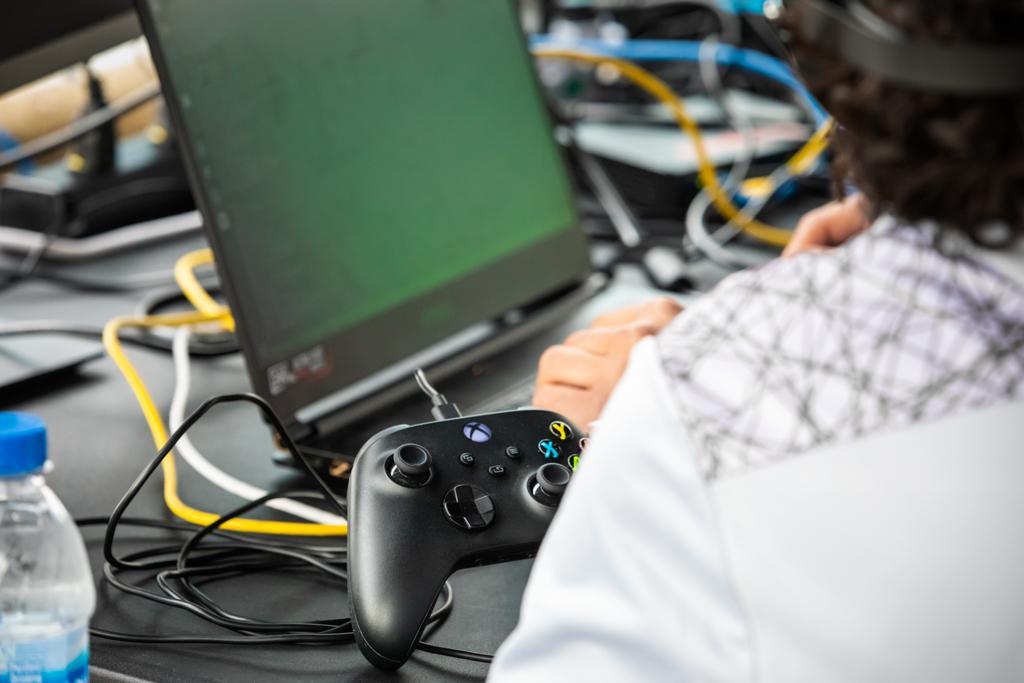
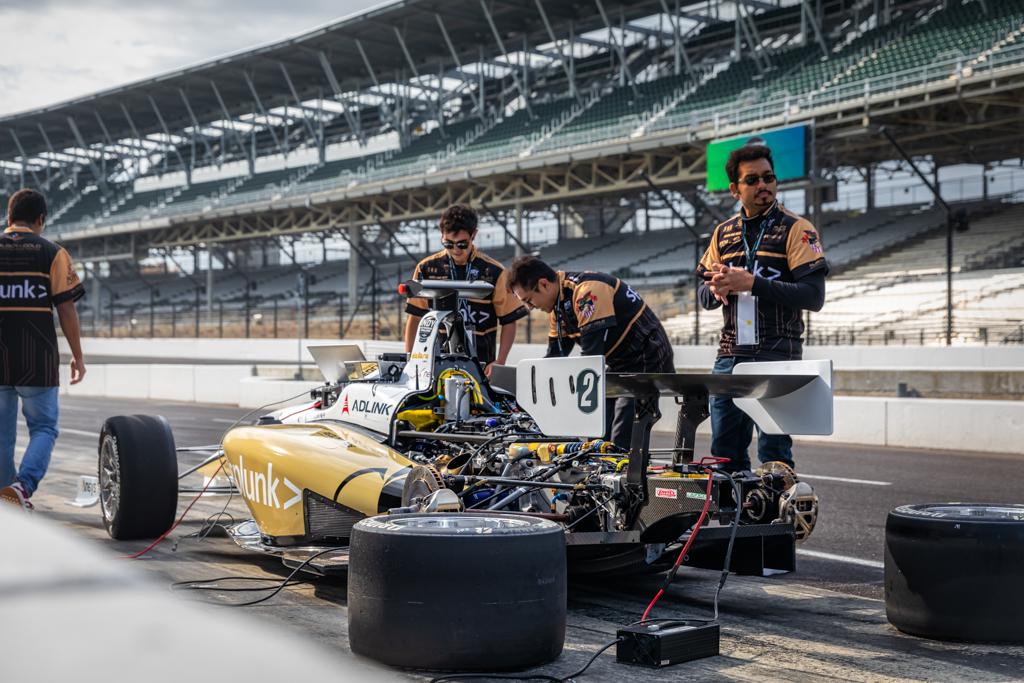
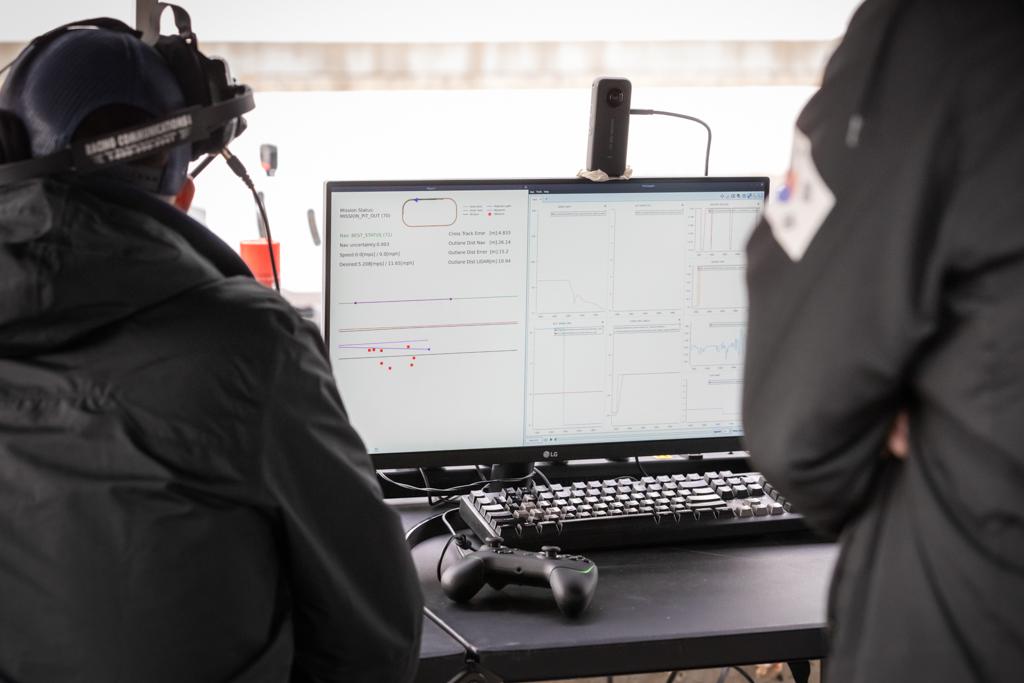

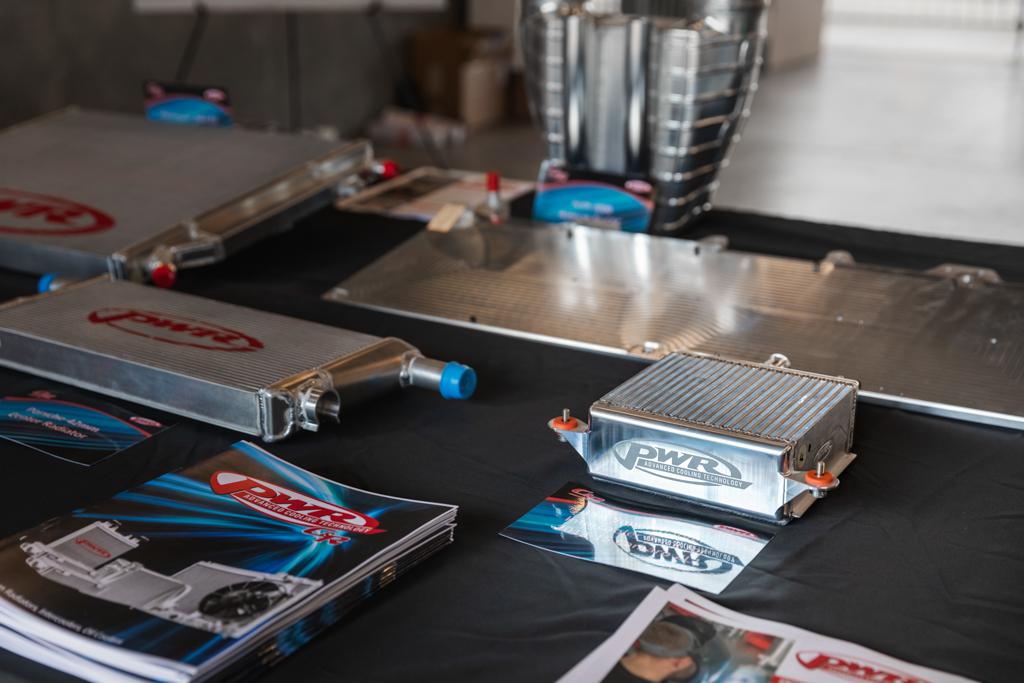
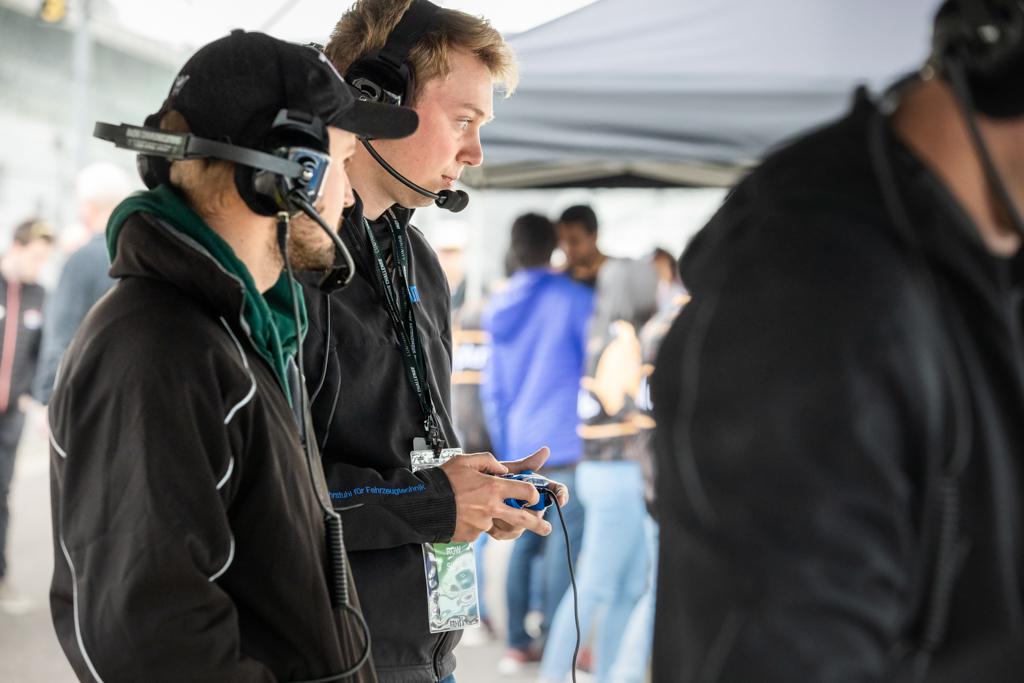
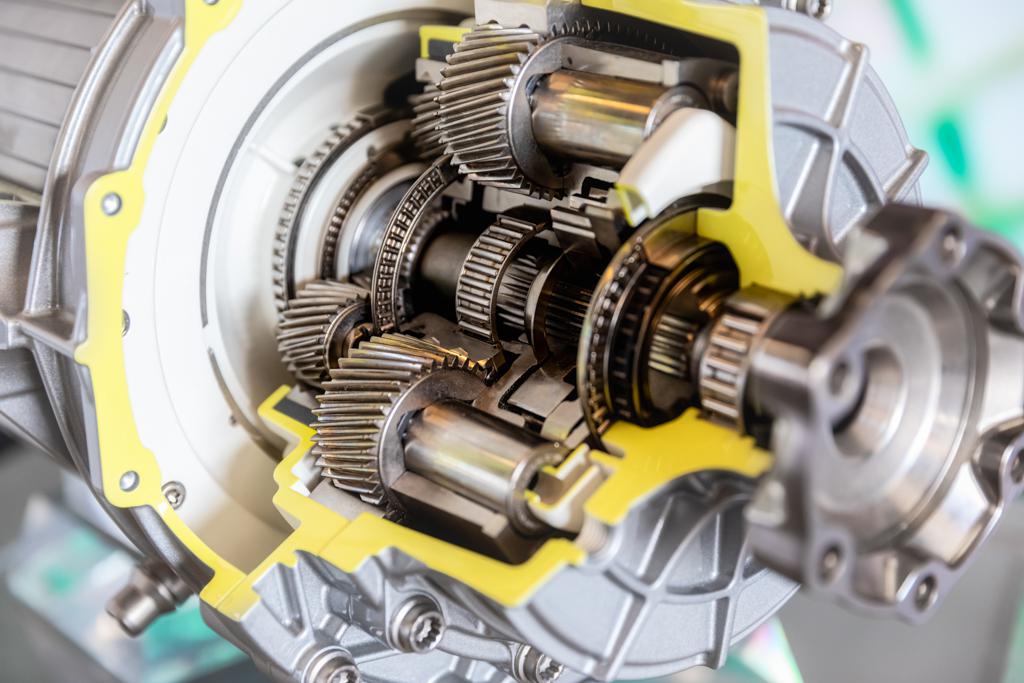
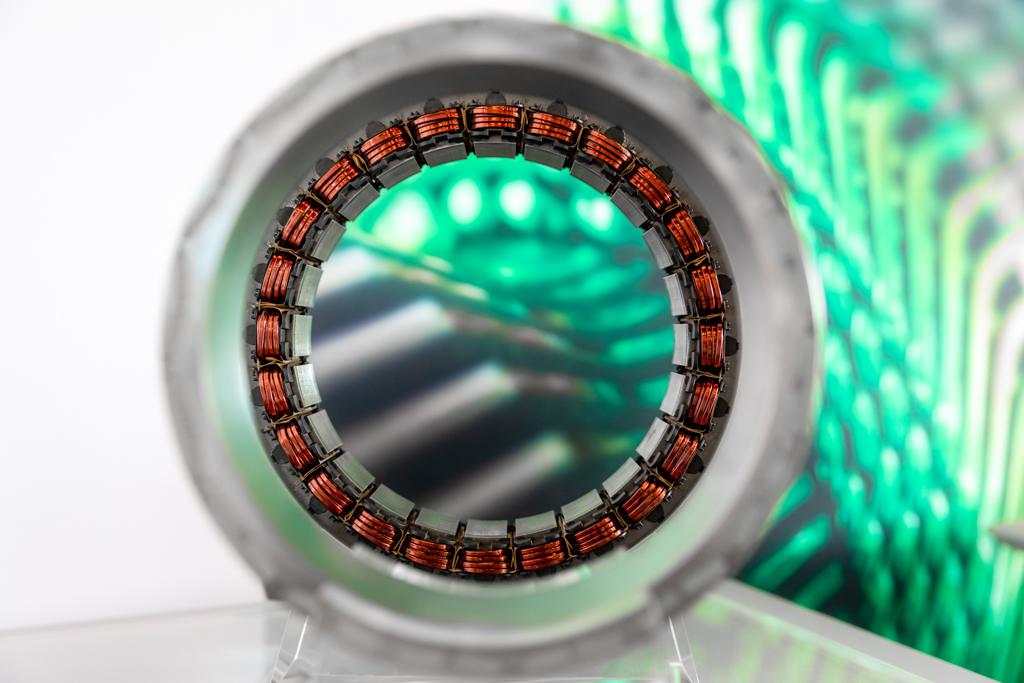
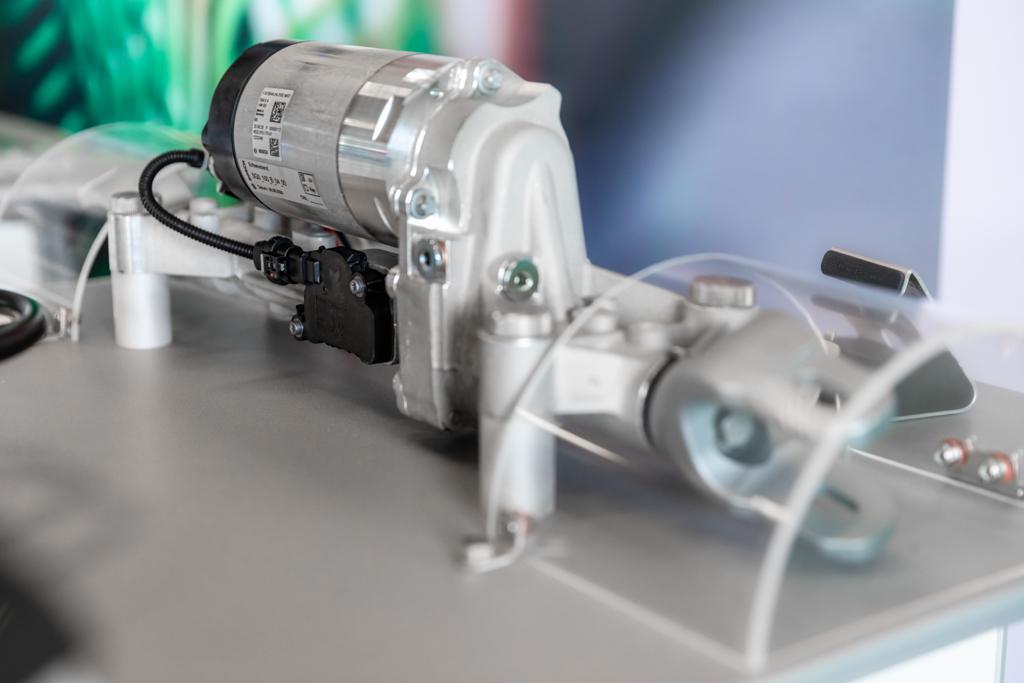
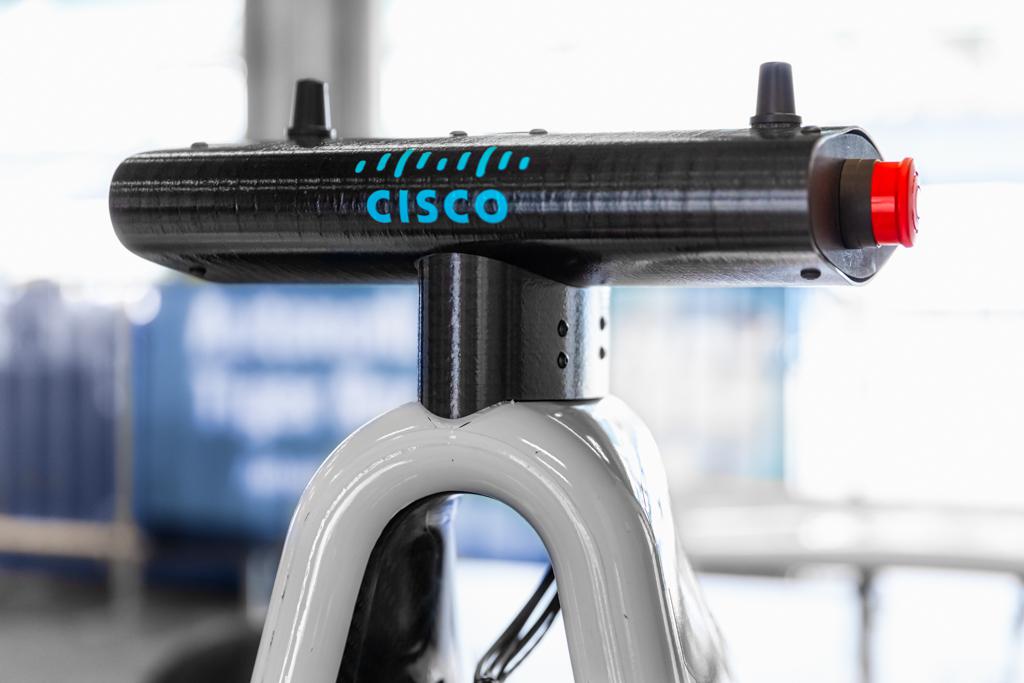
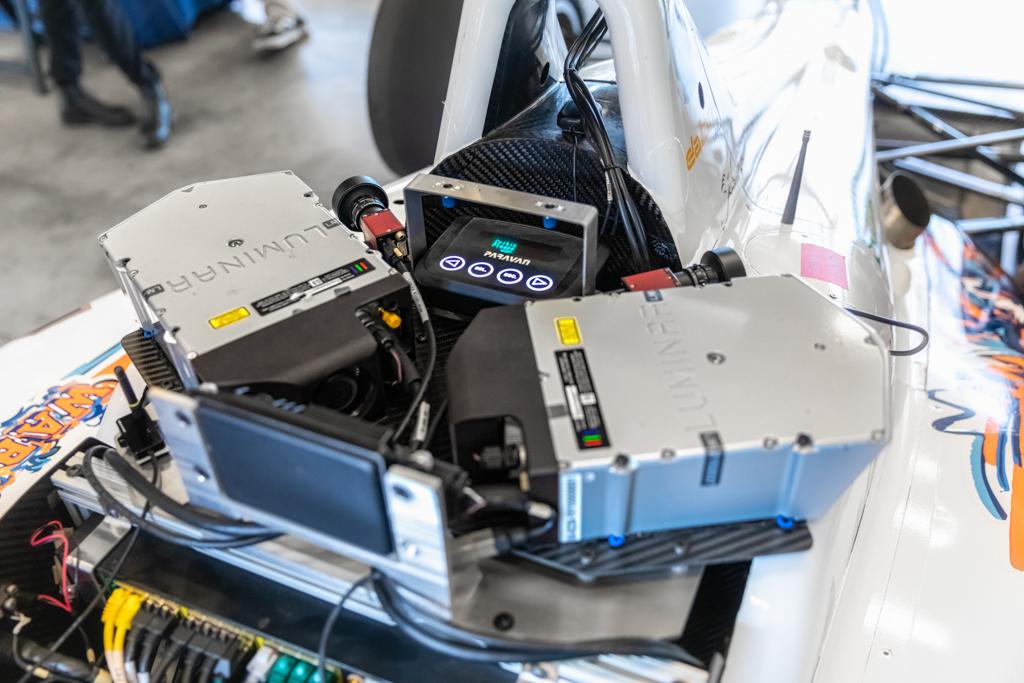
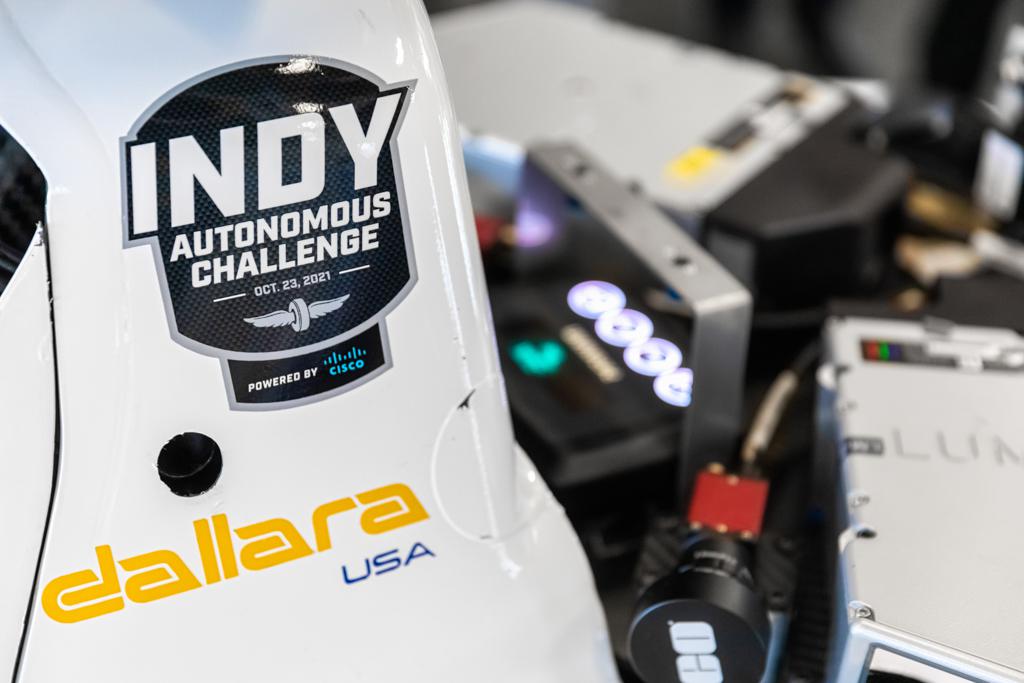
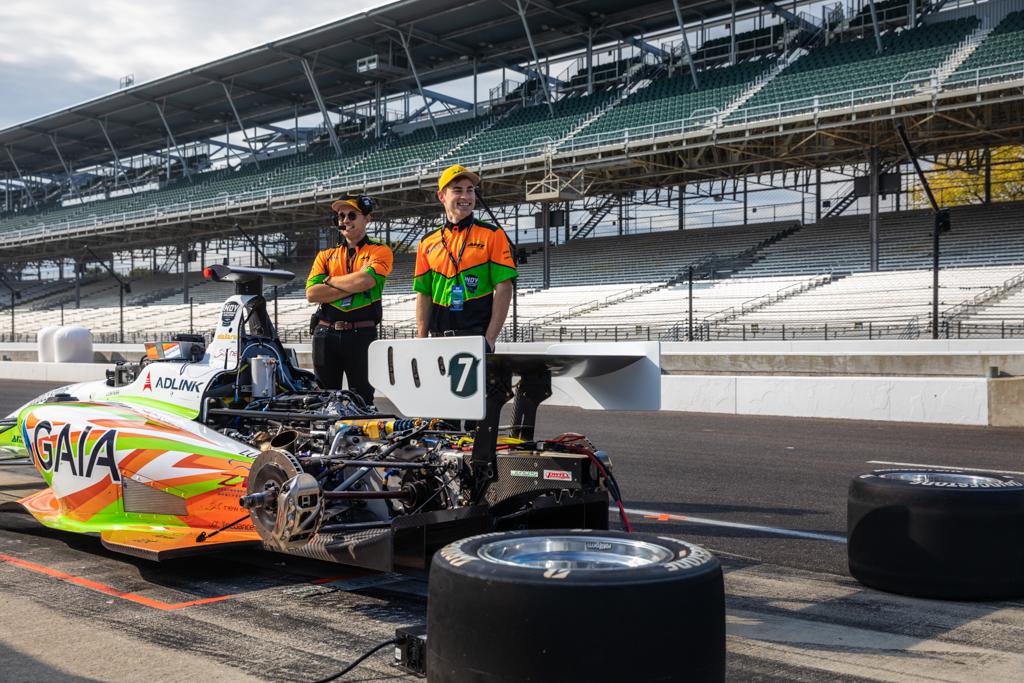
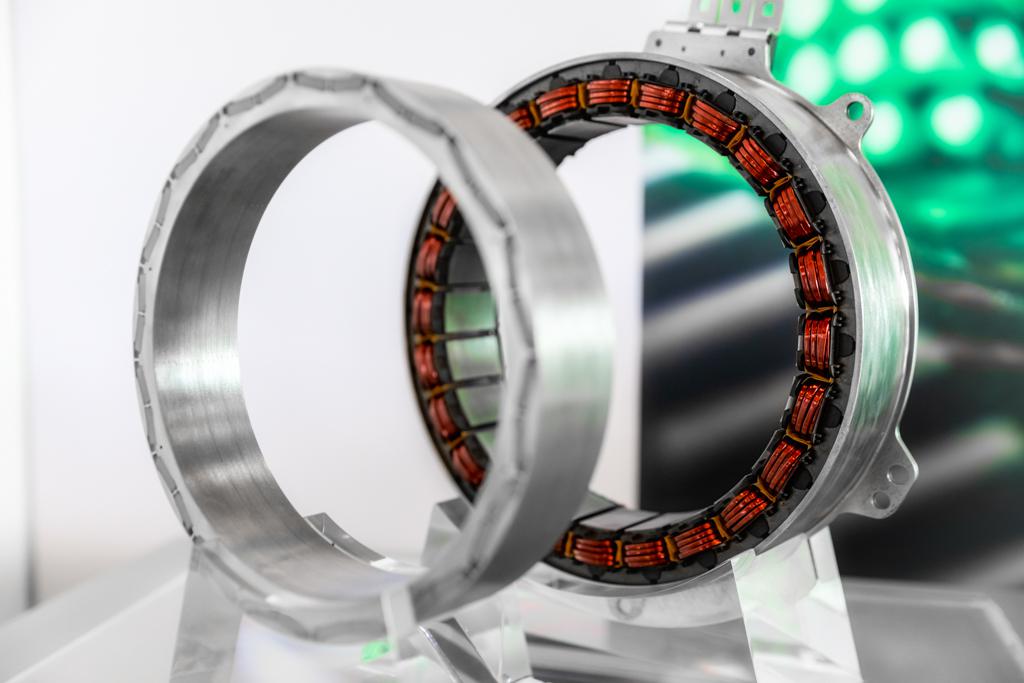
 MEMBERSHIP LOGIN
MEMBERSHIP LOGIN JOIN PRI
JOIN PRI
